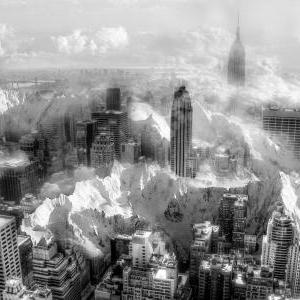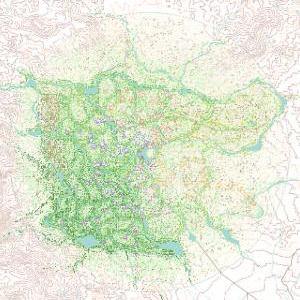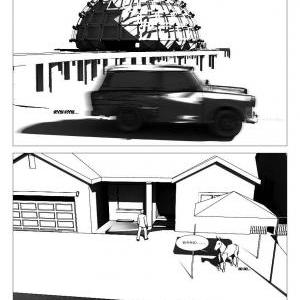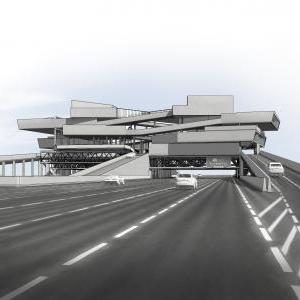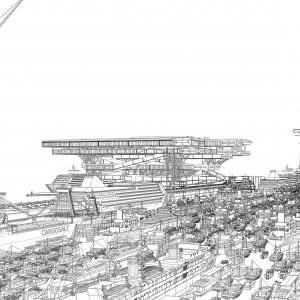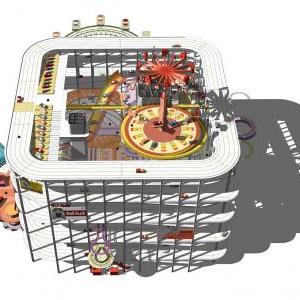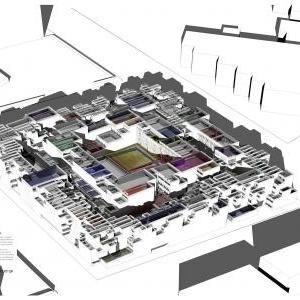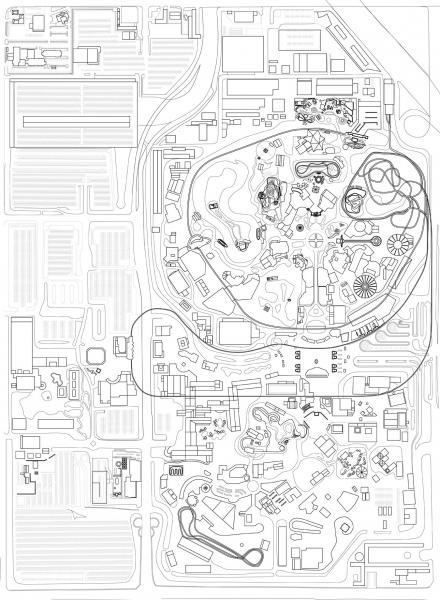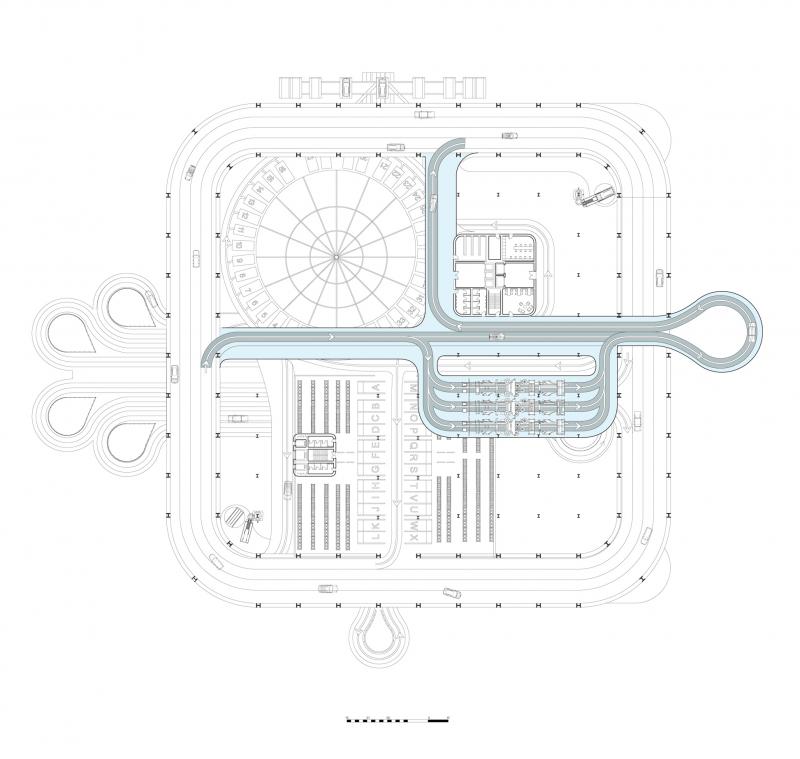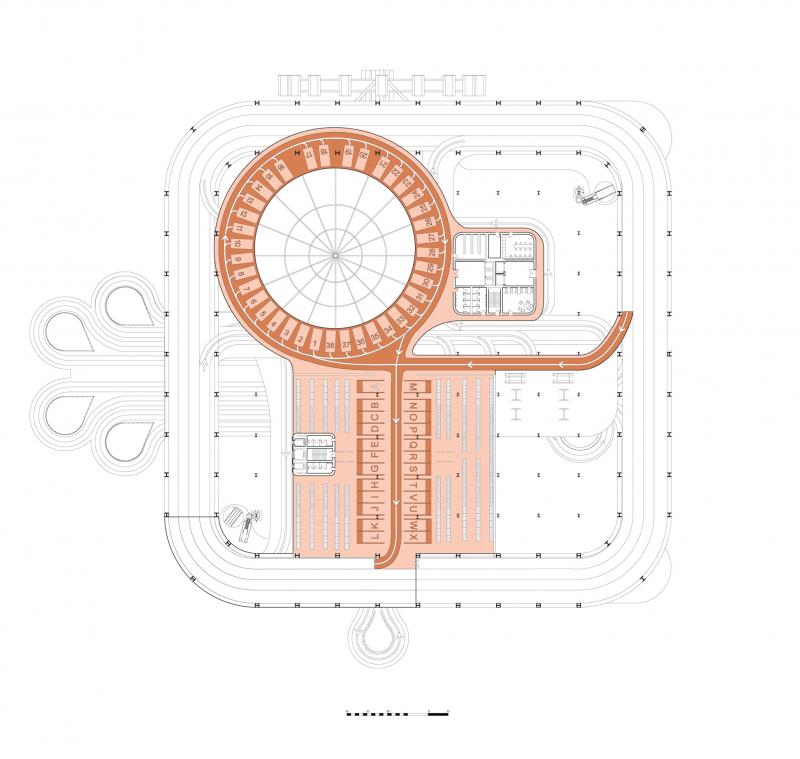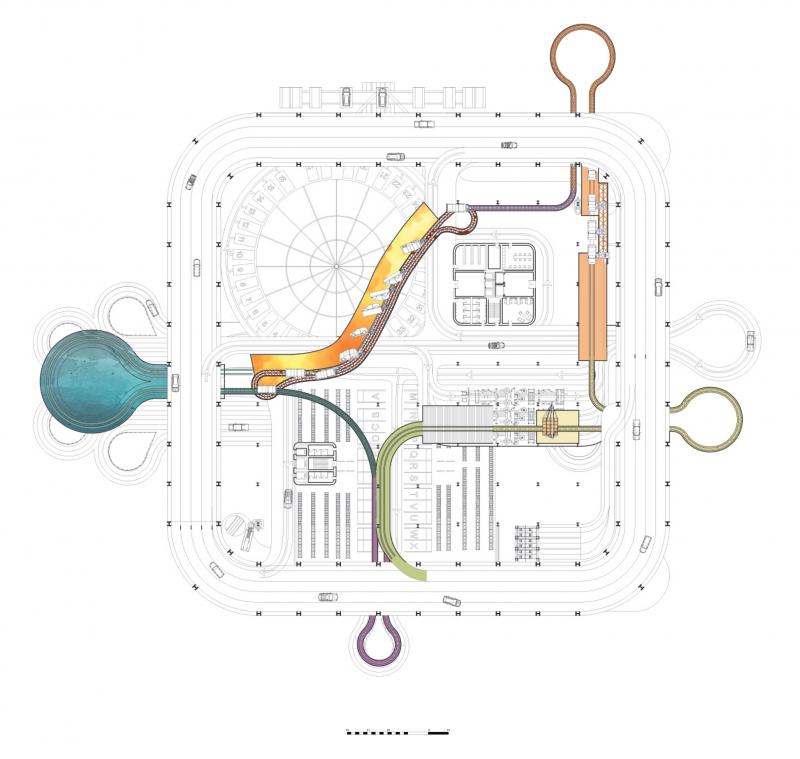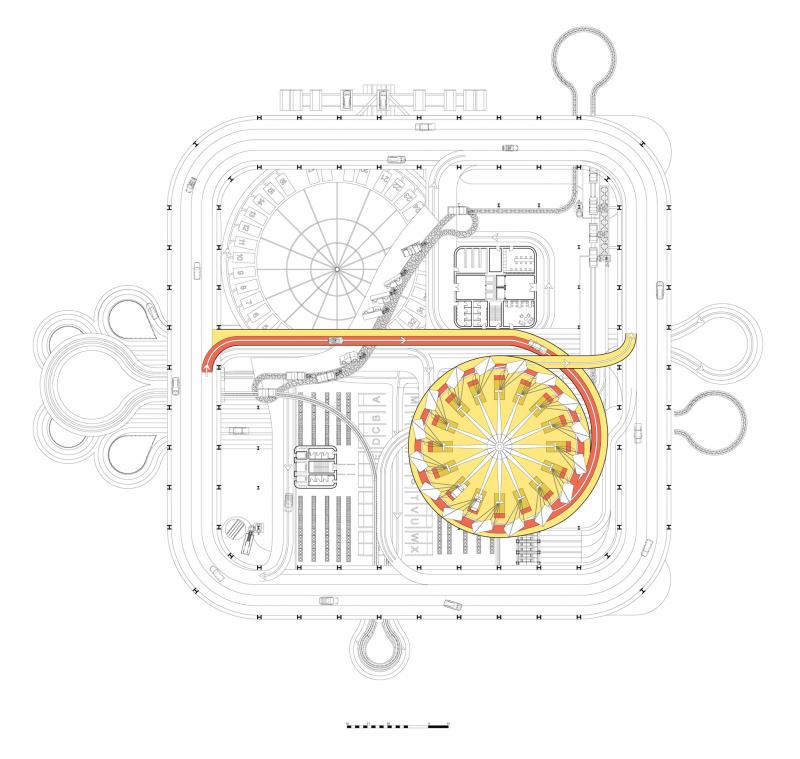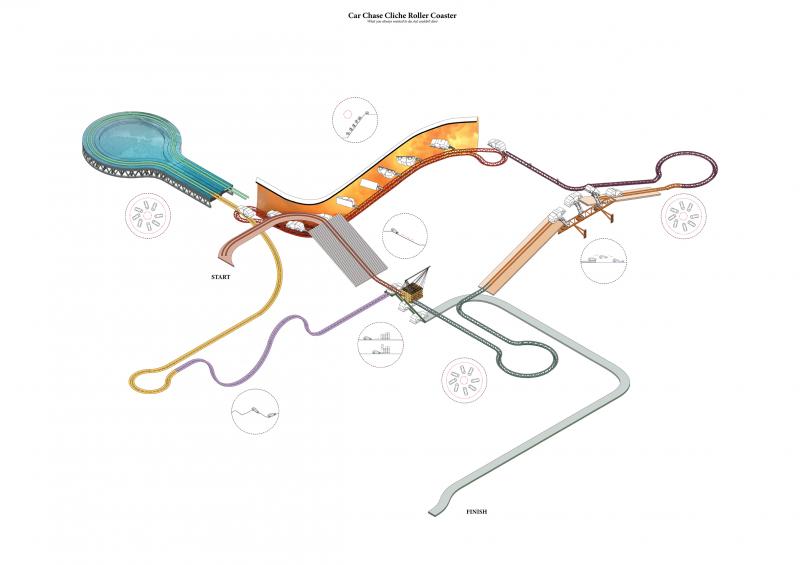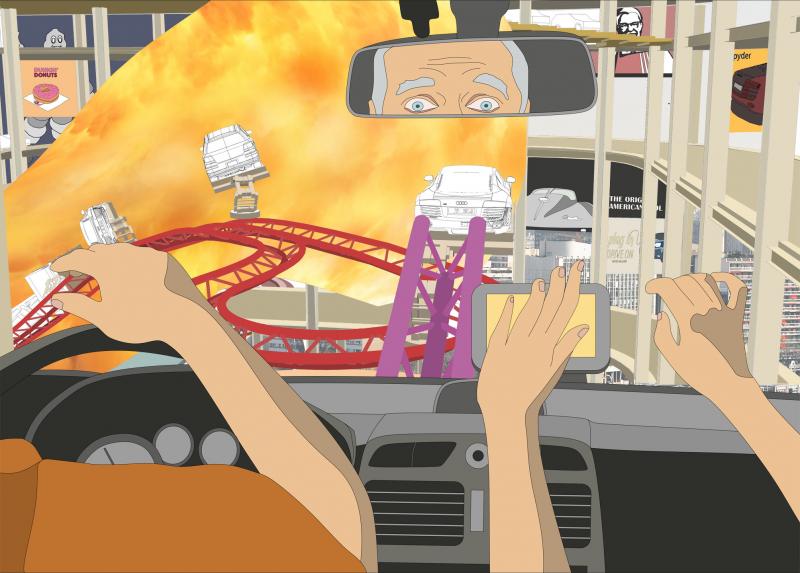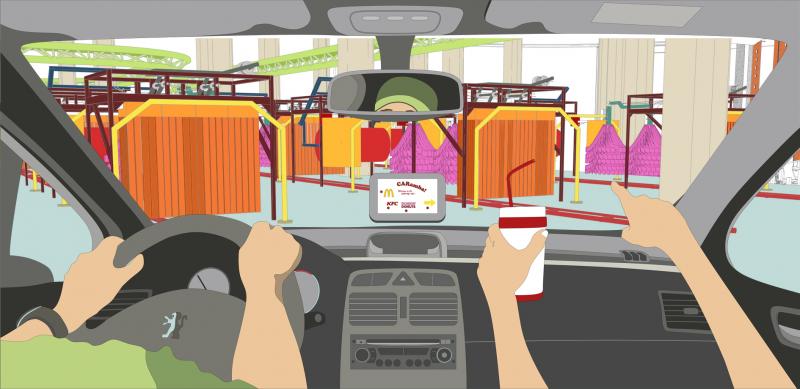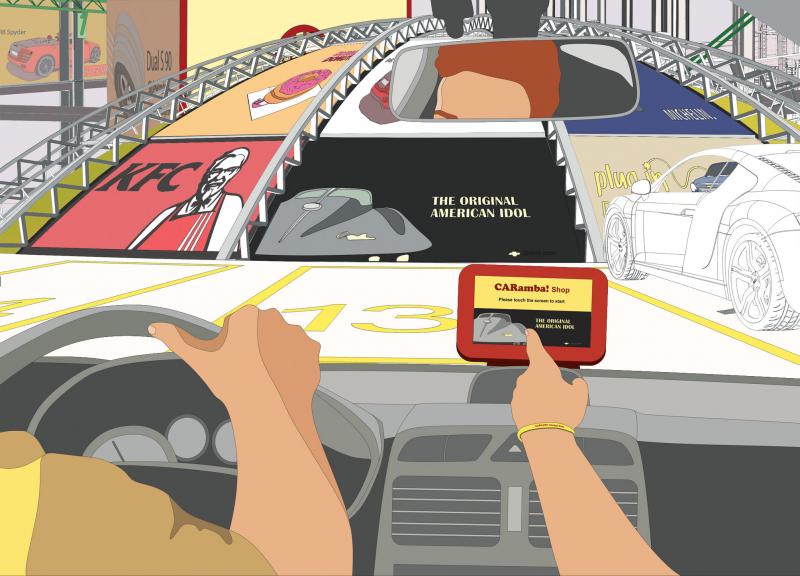In our increasingly globalised times where communications, trading and technology are characterised by an ever-expanding global outreach, there is a parallel tendency of the physical settings of large corporations and organisations to become increasingly self-contained and insular in the physical spaces they occupy. This paradox of partial autonomy has been the preoccupation of Diploma 2 throughout the year, initially setting out to analyse partly or fully self-governed territories. These studies informed and led to the design of deterritorialised autonomous blocks or enclaves constituting political societies that were to a certain extent independent from their context and maintained their own regulations, laws and customs. We travelled to Los Angeles and the Mojave Desert, along daily immigration routes, nature reserves, desert motels and congested metropolitan freeways. At these locations, we looked for places that would host and enable the independence of our proposals. This independence eventually came from locality, articulated spatial organisation, or the choice of programme. In terms of locality, Suram’s project addressed the tensions arising between two neighbouring ethnic communities on either side of a freeway by placing a controlled trading zone at their boundary.
In Dimitri’s project the international waters beyond the US coast provided an aqueous landscape where immigration laws could be bypassed, allowing for the creation of an autonomous IT campus. In terms of programme, Yijun proposed small-scale movie studios dispersed at various freeway intersections where through a public-private partnership scheme LA would directly construct its own fictions. In Teeba’s case a typical Californian motel would conceal hidden spaces accessed by clandestine groups operating in the larger metropolitan area, while Yiran attempted to alleviate the transition from incarceration to civil integration through a strategically placed long-stay visitor scheme at the edge of San Quentin prison. Olivia’s proposal investigated the diplomatic law that provides immunity within the premises of a consulate building – ultimately concealing the existence of a refugee camp. Natalia rethought the endless grid of the parking lot as a drive-through amusement car park, with the use of fiction and the hybridisation of programme exposing a new type of autonomy.
Unit Staff
Didier Faustino
Kostas Grigoriadi
Thanks to
Nuria Alvarez Lombardero
Charles Arsène- Henry
Benjamin Ball
Valentin Bontjes Van Beek
Roberto Bottazzi
Matteo Cainer
Barbara-Ann Campbell-Lange
Javier Castañón
Odile Decq
Ryan Dillon
Maria Fedorchenko
Kenneth Fraser
Francisco Gonzales de Canales
Oscar González
Evan Greenberg
Eugene Han
Karsten Huneck
David Illingworth
Tobias Klein
Tyen Masten
Pascal Mazoyer
Alfonso Medina
Rene Peralta
Christopher Pierce
Pablo Ros
Theo Sarantoglou Lalis
Marilia Spanou
Theodore Spyropoulos
Brett Steele
Naiara Vegara
Carlos Villanueva Brandt
Andrew Yau
Nicos Yiatros
Kostas Zaverdinos
Peter Zellner
Natalia Sherchenkova
In a city like LA you are nothing without a car. But can you use it fully?
CARamba is more than a Disney Land of a 21st century - it’s a place for reviving the last century’s excitement and reliving the hopes of the Autopia. It’s the architecture of the flow, an alternative interior space for cars and a condensed reflection of Los Angeles in a 100m by 100m urban block.
Caramba! theme park accommodates typologies with a ‘drive in’ prefix - places for Drivers: drive-in cinemas, drive-in cafes and even churches - where you can witness a very surreal procedure where priest on a stage is addressing a field full of Hondas and Ford Focuses - speaking straight to their carbon fibre and aluminum souls.
CARamba! theme park also includes spaces for the needs of the car itself - car washes, repairing facilities and pertol stations.
Drive-ins never stand by the road silently. Instead, they are enthusiastic to capture speeding motorists’ attention by the striking signs with powerful visual designs - new spacial relationship emerged as well as new means and logic of design. Signs, Advertising, lights - all this used to the full extend in Caramba! theme park.
But what makes CARamba! a theme park is the connection to a myriad of extreme car experience images produced by Hollywood and carved in every driver’s mind. Car chases, races, explosions - all these situations, that we saw so many times on the screen but would never dare to try in real life. And you want to do it in your own car : accelerate to the limit, roll over, jump, race, eat, play - everything. CARamba Drive-through theme park gives you the opportunity to experience your own car in a completely different, fresh and exciting way!

